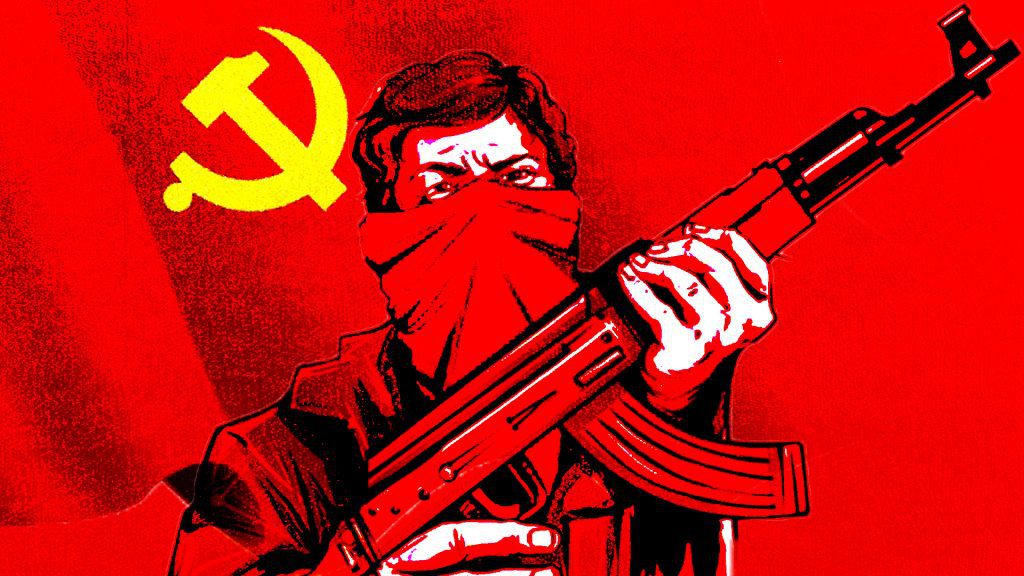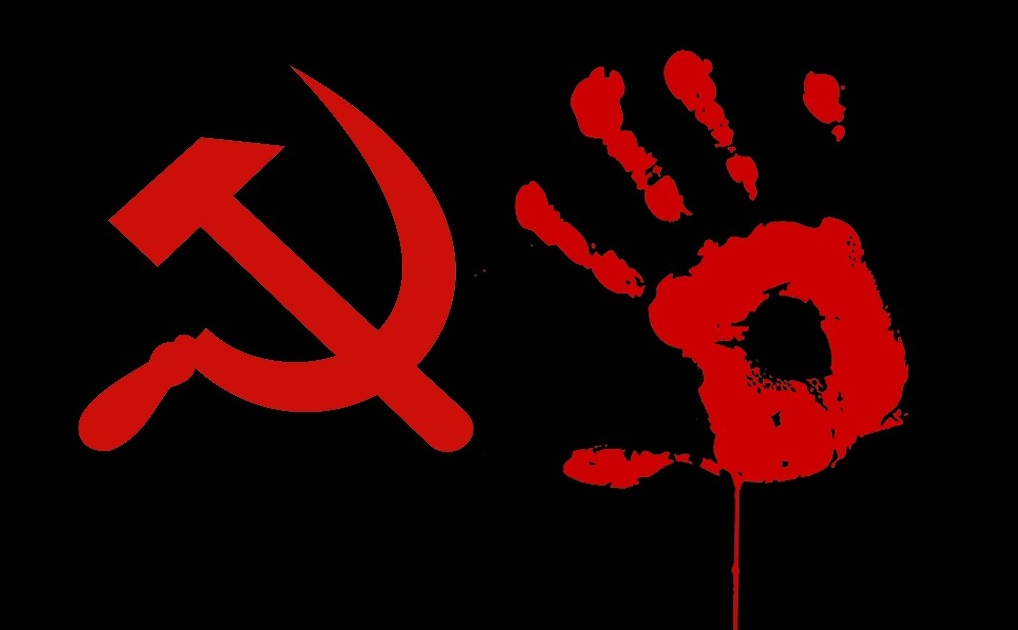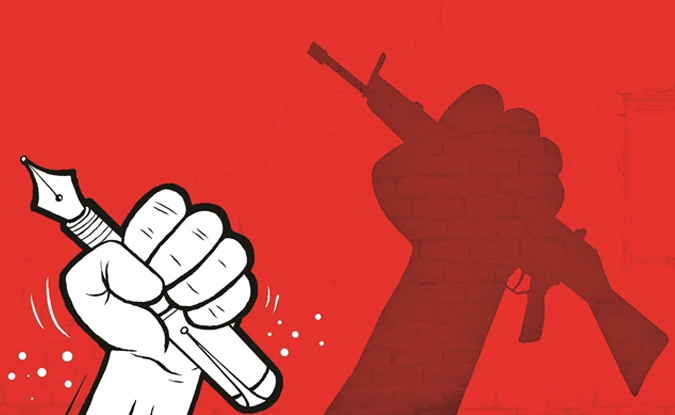
The Red Corridor comprises of the central, eastern and southern part of India that experience Maoist insurgency. It is spread over 11 states with the concentration in Jharkhand, Bihar, Chhattisgarh and Odisha. This area is highly undeveloped with people deprived of even the basic amenities. The government has successfully been able to reduce the number of districts included in this corridor from 180 to 90, in the year 2019. Though there has been a reduction in the number of the districts under Maoist influence, the issue has not been completely controlled. These places still reel under extreme economic, social and political exigencies which are not dealt with. These districts are amongst the poorest in the country with staggering impoverishment and inequality.
Furthermore, the social setup is also stratified in nature with caste and feudal divisions. The social group distinction is extreme in tribal societies and is characterised by violence at places. The severity of this corridor can be gauged by the number of casualties inflicted on the tribal people. Under this article, I will let you know, how this ‘Red Corridor’ which gathered strength from a normal social movement took over the whole India as a biggest internal security threat and will analyse various aspects of government approach towards it along with the extent of its effectiveness.
Historical Background
The Naxalite Movement
The term ‘Naxalism’ has been derived from a village in West Bengal called Naxalbari from where the movement started. The movement began with the series of splits because of the ideological differences in the factions of the parties. This affected the movement of the communists in the late 1950s and 1960s. The fraction of the movement emulated Congress inspired ideas of the electoral process at the regional level. The others were heavily influenced by the Maoist approach of the revolution in lieu of which they started capturing villages and cities.
The Naxalite Movement started in 1967, in Naxalbari, near Siliguri district in West Bengal. It started as a consequence of the police beating and raping the innocent women of the Santhal tribal group. The movement was initiated by the peasants and labourers of the Santhal class. The movement was also joined by the non-tribal middle- and lower-class peasants. There were drastic actions taken in this movement like the execution of the landlords, redistribution of seeds and the destruction of the land deeds. This movement was a precursor to the succeeding long-termed struggle for the implementation of the ideals of ‘Naxalism’. This movement provided a model for the revolt in the ‘tribal belt‘ of the Indian territory.

In 1969, when this movement saw a decline, the resurgence of the movement was done by the acclaimed leader of the movement ‘Charu Mazumdar’. He started a program of class annihilation, a dictum that Naxalites should assassinate individual ‘class enemy‘ and covert assassination. The police officials conducted extra-judicial killings when the terror because of the movement reached its peak in 1970-71. This drove the movement further underground. The movement had an afterlife and afterwards, it re-emerged in certain states. Since then, it has become a vicious cycle of annihilation. Whenever the conditions become relaxed, the Naxalites appear and cause disturbance to the social order. The movement had strengthened in recent years because of certain facilitative measures such as the red corridor.
Red Corridor
The Red Corridor comprises of the central, eastern and southern part of India that experience Maoist insurgency. It is spread over 11 states with the concentration in Jharkhand, Bihar, Chhattisgarh and Odisha. This area is highly undeveloped with people deprived of even the basic amenities. The government has successfully been able to reduce the number of districts included in this corridor from 180 to 90, in the year 2019. Though there has been a reduction in the number of the districts under Maoist influence, the issue has not been completely controlled. These places still reel under extreme economic, social and political exigencies which are not dealt with. These districts are amongst the poorest in the country with staggering impoverishment and inequality.
Furthermore, the social setup is also stratified in nature with caste and feudal divisions. The social group distinction is extreme in tribal societies and is characterised by violence at places. The severity of this corridor can be gauged by the number of casualties inflicted on the tribal people.
What fuels the Red Corridor?
Democracy has been accepted as the answer to all the ills of the other types of government in society. People vest a lot of faith in the morality, law and ethics serving as principles to the democracy. Instead of all this, there are instances where the faith in the system is failed. The government becomes a medium of expression only of the bourgeoisie and capitalist entrepreneurs. The vested faith is then stricken and people start questioning all the ideals because they feel an injustice has been meted to them. Likewise, there are various factors responsible for the upsurge of Naxalism like alienation of the tribals, policies of the government, developmental deficit, economic inequality, corruption, etc. The upsurge took place in order to right the wrongs present in the society but it took a different phase.
The movement has been going on for 51 years. The movement has been sustained for such a long tenure because of the help from both within the country and outside. Initially, the Naxals collected weapons from the local people. Then they started looting arms from the police and also raided the armoury. They received training from the Liberation Tigers of Tamil Eelam (LTTE). They have also exchanged weapons, training and strategic planning from Nepal. The National Socialist Council of Nagaland – Isak-Muivah (NSCN-IM) has helped Indian Maoists to procure weapons and ammunition through Myanmar and Bangladesh. This international help granted to the Naxals further strength and established them in these areas. Hence, the Red Corridor sustains even to this day.
Internal Security Threat
Internal security is the act of maintaining peace within the borders of a sovereign state or self-governing territories. The threat is recognised when the national laws are either not recognised or not enforced in some territory or by a particular group. These threats may range from low-level civil disorder to an armed insurgency such as Maoist insurgency. In extreme cases, it may take the form of terrorism which calls for action from the paramilitary forces. Persons who are a threat to the territory of the country can be categorised as the enemy of the state. In order to deal with such instances, certain measures such as secret trials and internment are used.
Internal Security implications of the Red Corridor
Naxalism remains the biggest internal security challenge and it is imperative to control Left-wing extremism for the country’s growth
Dr. Manmohan Singh, Former Prime Minister of India
Naxals are known to be the biggest internal security challenge in the territory of India. In order to get the policies and the ideologies enforced in the country, the Maoists resort to extreme measures.
They claim to be the contestants of the Indian state to rule the territory. In order to implement their ideological beliefs, these groups run a parallel government and parallel judiciary in the territory. Local panchayat leaders are often forced to resign because of this. These territories where they have established total control are referred to as ‘Liberated Zones‘. The Maoists claim to have successfully been able to establish people’s clinics, primary school, night schools, huts for teachers, village libraries etc.
In order to back the government created by them and to maintain the status quo in the region, they steal arms and ammunition from the security forces of the state. If such means remain insufficient in procuring weapons, they acquire them from the money through the deals between the Maoists and the local businesses by exploiting the natural resources of the region.

The death toll in this region is also very high. It demonstrates collective violence and not isolated or sporadic violence. The Maoists turn into a life threat for the very people they claim to protect. They kill the tribal peasants and labourers on the pretext that they are spies or the informers. Moreover, the struggle between the Maoists and the government has been going on for over 51 years. The violence and security threat is of such a higher level that paramilitary forces are deployed in this area under ‘Operation Green’. The state-sponsored militia, Salwa Judum, has also been able to successfully wage war against Maoists. Though the Indian Military has not been directly deployed, they are involved indirectly through training the state-sponsored militia and paramilitary battalions.
The creation of this corridor is more of an internal security threat because it provides them with easy movement and safe passage. In the garb of this corridor, the Maoists carry out their activities without much hindrance from the government so this corridor provides shelter to the perpetrators of crime due to heavy forestation and weak communication. The Maoists are benefitted as they can also carry out mobile warfare all across the “Naxal Belt”. The area straddles different states thereby giving the Maoists a distinct advantage. There is poor coordination of the police at the interstate boundaries which can easily be exploited. Moreover, there is a difference in policies of state governments to include surrenders, talks and policing strategy are exploited by the Maoists.
Ashim Chatterjee, a member of original Naxalbari uprising, later a successful mediator between the Maoists and the government claims that the uprising is an ‘exercise in socialism in words, and terrorism in deeds‘. Earlier, the uprising was guided by the ideals of Socialism influenced by Mao Zedong but the movement has lost the principles guiding it. The only principle guiding them now is the principle of notoriety. Many of the places under the Maoists are under totalitarianism with arbitrary laws of its own. The people are beheaded and are beaten to death in many cases. There are no charges filed and no trial conducted. Moreover, many of the parties Communist Party of India (Marxist), are listed as terrorist groups under the Unlawful Activities Prevention Act, 1967.
Conclusion
The Red Corridor indeed is a massive internal security threat where the concept of natural law and human rights does not exist. According to the dataset, present in the public domain, the instances of violence have been reduced but no new surveys have been conducted so as to gauge the existing situation. The dialogue of the Red Corridor being an internal security threat is indisputable but the government is keen on relocating the tribal population to the places which are not rich in natural resources. In doing so, the dubious nature of the government too is evident. On one hand, it claims to be an advocate of the rights of the people and on the other hand, the intention of the government is to fulfil its needs of the resources present in the area. Hence, this narrative becomes the source of the economic-imperialist exploitation of the land and its resources.
The government should re-evaluate all the policies and schemes and try new models for the actual development of the area. The government should take an active interest in establishing peace in the area. Resorting to hard power should not be the only way to handle these uprisings in the long run. This ‘phoney war‘ situation in these instances is not because of the peace settlement but due to a stalemate.